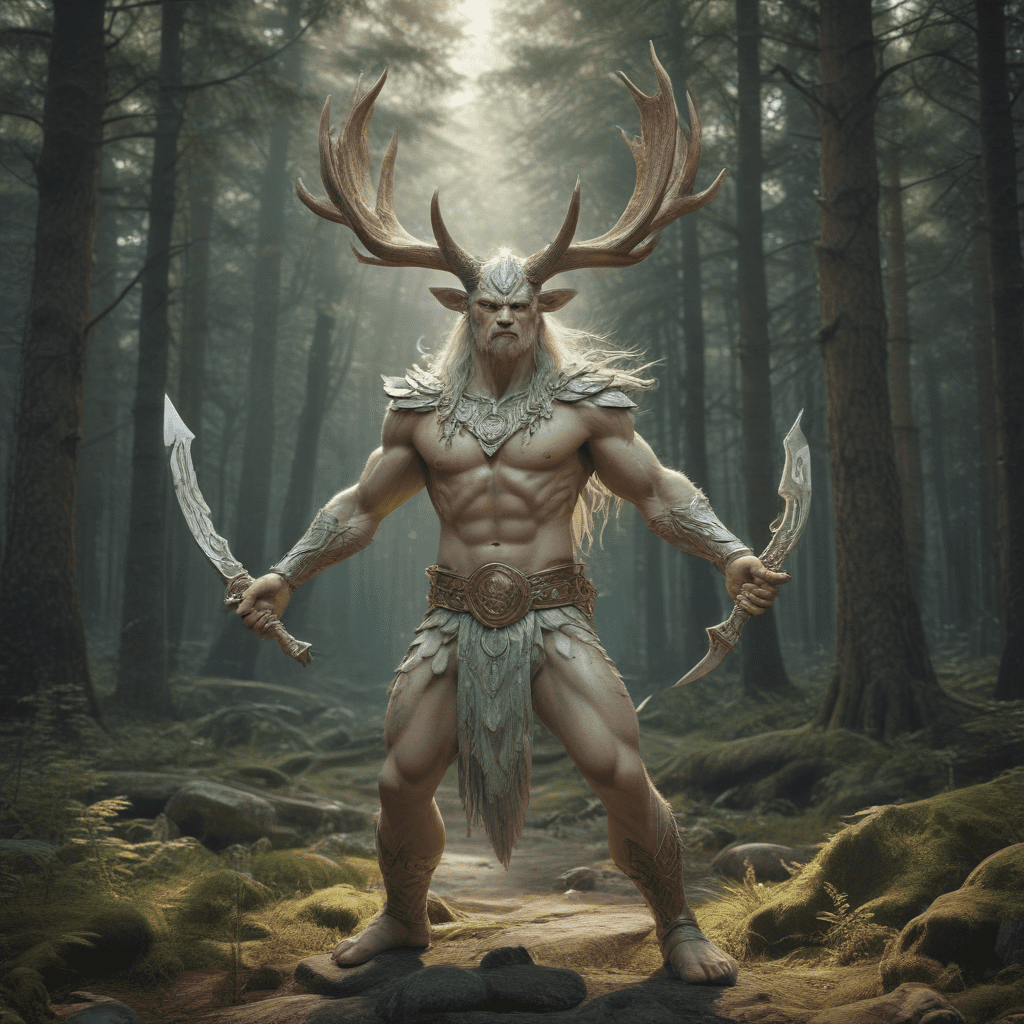Introduction to Finnish Mythology
Finnish mythology, steeped in ancient beliefs and traditions, is renowned for its captivating tales of transformation. These narratives explore the profound interplay between nature, mythical creatures, and human experiences, offering a glimpse into the Finnish worldview and its deep connection to the natural realm.
The Transformative Power of Nature
Nature in Finnish mythology is an ever-present and sentient force. It possesses the ability to transform both the physical and spiritual realms, fostering growth, change, and renewal. From the towering forests to the shimmering lakes, the natural world serves as a catalyst for countless transformations, shaping the destinies of individuals and entire communities.
Mythical Creatures and their Shapeshifting Abilities
Finnish mythology is populated by a vast array of mythical creatures with remarkable shapeshifting abilities. These include enigmatic beings such as the Väinämöinen, a powerful sage who can transform himself into a bird or a serpent, and the mischievous Loki, known for his ability to assume various forms, including a fly and a salmon. These creatures' transformations symbolize the fluidity and impermanence of existence, reflecting the belief that all things are interconnected and subject to change.
Heroes and their Quests for Transformation
Heroes in Finnish mythology often embark on arduous quests to achieve a state of transformation. These quests may involve overcoming physical challenges, confronting inner demons, or acquiring knowledge and wisdom. The most famous hero in Finnish mythology is the epic figure of Kalevala, whose adventures are documented in the ancient epic poem of the same name.
The Role of Shamans in Facilitating Transformation
Shamans hold a pivotal role in Finnish mythology as facilitators of transformation. They possess the ability to communicate with the spirit world, perform rituals, and guide individuals through transformative experiences. Through their knowledge and practices, shamans assist in healing, spiritual growth, and the resolution of conflicts, enabling individuals to undergo profound changes on both a personal and communal level.
The Significance of the Sauna in Rituals of Transformation
The sauna holds immense significance in Finnish mythology and culture, serving as a sacred space for rituals of transformation. The heat and steam of the sauna are believed to have purifying and rejuvenating properties, facilitating both physical and spiritual cleansing. Individuals often engage in sauna rituals to shed impurities, promote healing, and undergo a profound sense of renewal.
Transformation through Storytelling and Performance
Storytelling and performance play a vital role in the transmission and perpetuation of Finnish mythological tales of transformation. Epic poems, ballads, and folk songs recount the adventures of mythical creatures and heroes, offering listeners a glimpse into the transformative power of nature and the human spirit. Through these narratives, individuals are transported to otherworldly realms and inspired to reflect on their own journeys of change and growth.
The Mythological Basis for Animal Totems
Animal totems hold a deep significance in Finnish mythology, representing the close connection between humans and the natural world. Each animal is associated with specific qualities and powers, and individuals may identify with particular totems based on their personality traits or life experiences. These totems serve as guides and protectors, embodying the transformative potential that exists within all living beings.
The Concept of "Haltija" and its Connection to Transformation
In Finnish mythology, the concept of "haltija" refers to a spirit or guardian associated with a particular place or object. Haltijat are believed to possess the ability to influence the environment and guide individuals through transformative experiences. They may manifest in various forms, including animals, plants, or natural phenomena, and their presence often signifies a profound connection to the spirit world.
Conclusion: The Enduring Legacy of Finnish Mythology's Tales of Transformation
Finnish mythology's tales of transformation continue to captivate audiences worldwide, offering invaluable insights into the human experience and the transformative power of nature and the human spirit. These narratives serve as a testament to the enduring power of storytelling and the profound connection between humans and the natural world. By embracing the transformative potential within us, we can navigate life's challenges and emerge as individuals who are both resilient and compassionate.
Frequently Asked Questions (FAQs)
Q: What is the most famous tale of transformation in Finnish mythology?
A: The epic poem "Kalevala" features numerous tales of transformation, including the hero Kalevala's quest for wisdom and his transformation into a powerful eagle.
Q: What is the significance of the sauna in Finnish mythology?
A: The sauna is considered a sacred space for rituals of purification and renewal, both physically and spiritually.
Q: What is the role of animal totems in Finnish mythology?
A: Animal totems represent the close connection between humans and the natural world, embodying qualities and powers that guide and protect individuals.
Q: What is the concept of "haltija" in Finnish mythology?
A: Haltijat are spirits or guardians associated with a particular place or object, believed to possess the ability to influence the environment and guide individuals through transformative experiences.
Q: How are tales of transformation relevant to modern-day life?
A: These tales offer insights into the human experience and the transformative power of nature and the human spirit, inspiring individuals to embrace their potential for growth and change.



